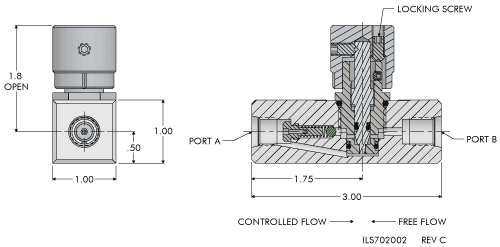Introduction
Are you familiar with the lining process and parameters of an induction furnace? In this article, we will walk you through the step by step process of lining an induction furnace, along with the necessary parameters to ensure its efficient operation. The lining of an induction furnace plays a crucial role in its performance and longevity. So, let’s dive in and explore the world of induction furnace lining.
Lining Process
Step 1: Preparing the Furnace
Before starting the lining process, it is essential to ensure that the furnace is properly cleaned and dried. Any residual material or moisture from the previous operation should be removed. This step is crucial as it provides a clean surface for the new lining material to adhere to.
Step 2: Selecting the Lining Material
The choice of lining material is significant as it directly affects the furnace’s performance and durability. Commonly used lining materials include refractory bricks, castables, and ceramic fibers. Each material has its advantages and suitability based on factors such as operating temperature, slag resistance, and thermal conductivity.
Step 3: Lining the Furnace
Once the lining material is chosen, it is time to line the furnace. The process involves carefully applying the lining material to the interior walls of the furnace. This can be done manually or using specialized machinery, depending on the size of the furnace.
Step 4: Curing the Lining
After the lining material is applied, it needs to be cured to ensure its strength and stability. Curing is typically carried out by gradually increasing the temperature of the furnace while controlling the rate of heating. This process allows the lining to undergo chemical and physical changes, ultimately enhancing its properties.
Parameters of Induction Furnace Lining
Temperature Control
Maintaining the right temperature is crucial for the efficient operation of an induction furnace. The lining material should have excellent thermal resistance to withstand the high temperatures generated during the melting process. Proper temperature control not only prevents overheating and premature lining failure but also ensures optimal energy efficiency.
Slag Resistance
Induction furnaces often encounter slag, which is a byproduct of the melting process. The lining material should have good slag resistance to prevent the slag from penetrating and damaging the furnace walls. Slag resistance is particularly important in applications where impurities or oxides are present in the molten metal.
Thermal Conductivity
The thermal conductivity of the lining material determines how efficiently heat is transferred between the furnace and the metal being melted. A lining material with high thermal conductivity ensures uniform and rapid heating, reducing the overall melting time and energy consumption.
Conclusion
Proper lining of an induction furnace is crucial for its performance, durability, and energy efficiency. By understanding the step by step lining process and considering key parameters such as temperature control, slag resistance, and thermal conductivity, you can ensure that your induction furnace operates optimally. Remember, choosing the right lining material and following the recommended lining process is essential to maximize the lifespan of your furnace. So, the next time you line an induction furnace, keep these guidelines in mind to achieve optimal results.




